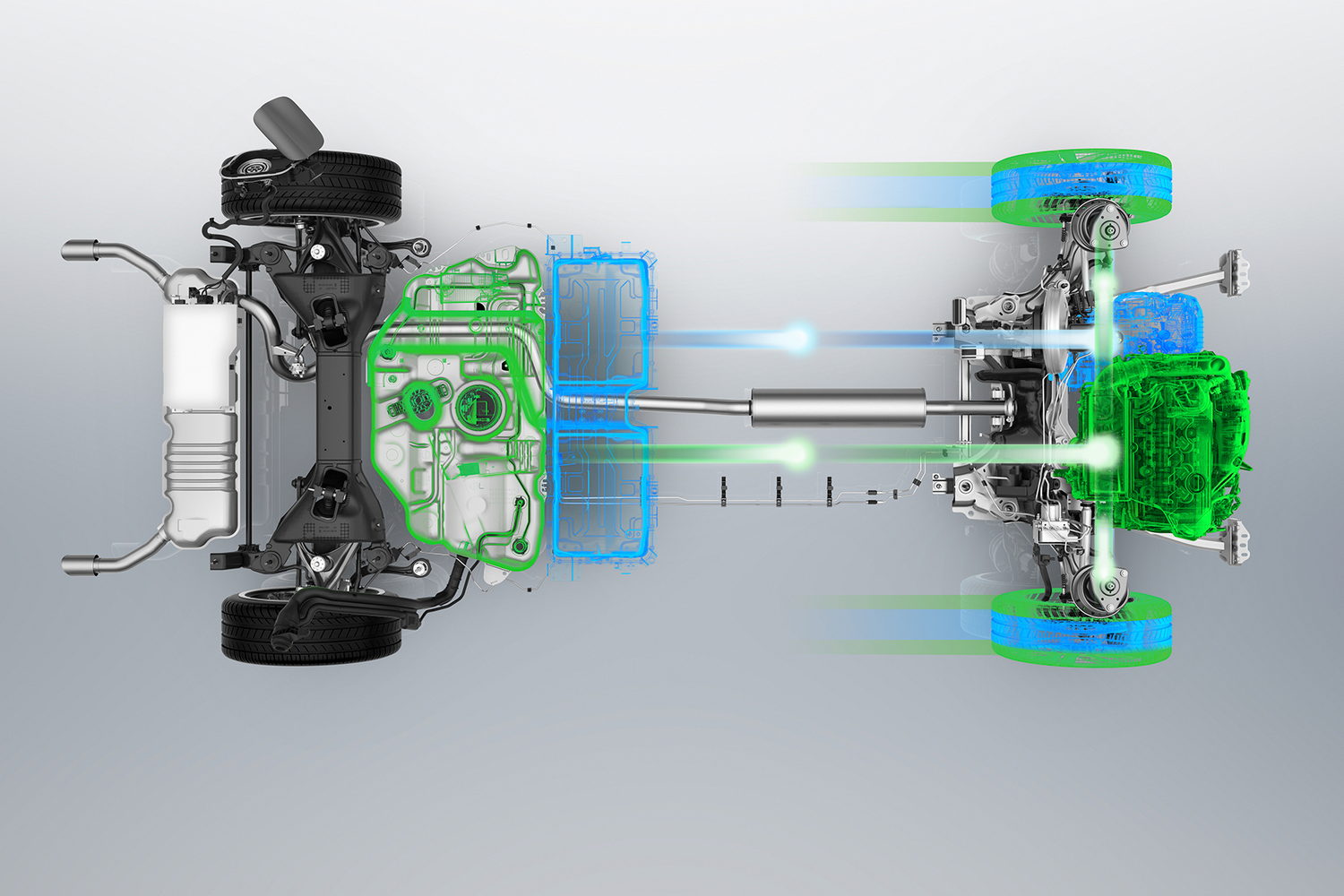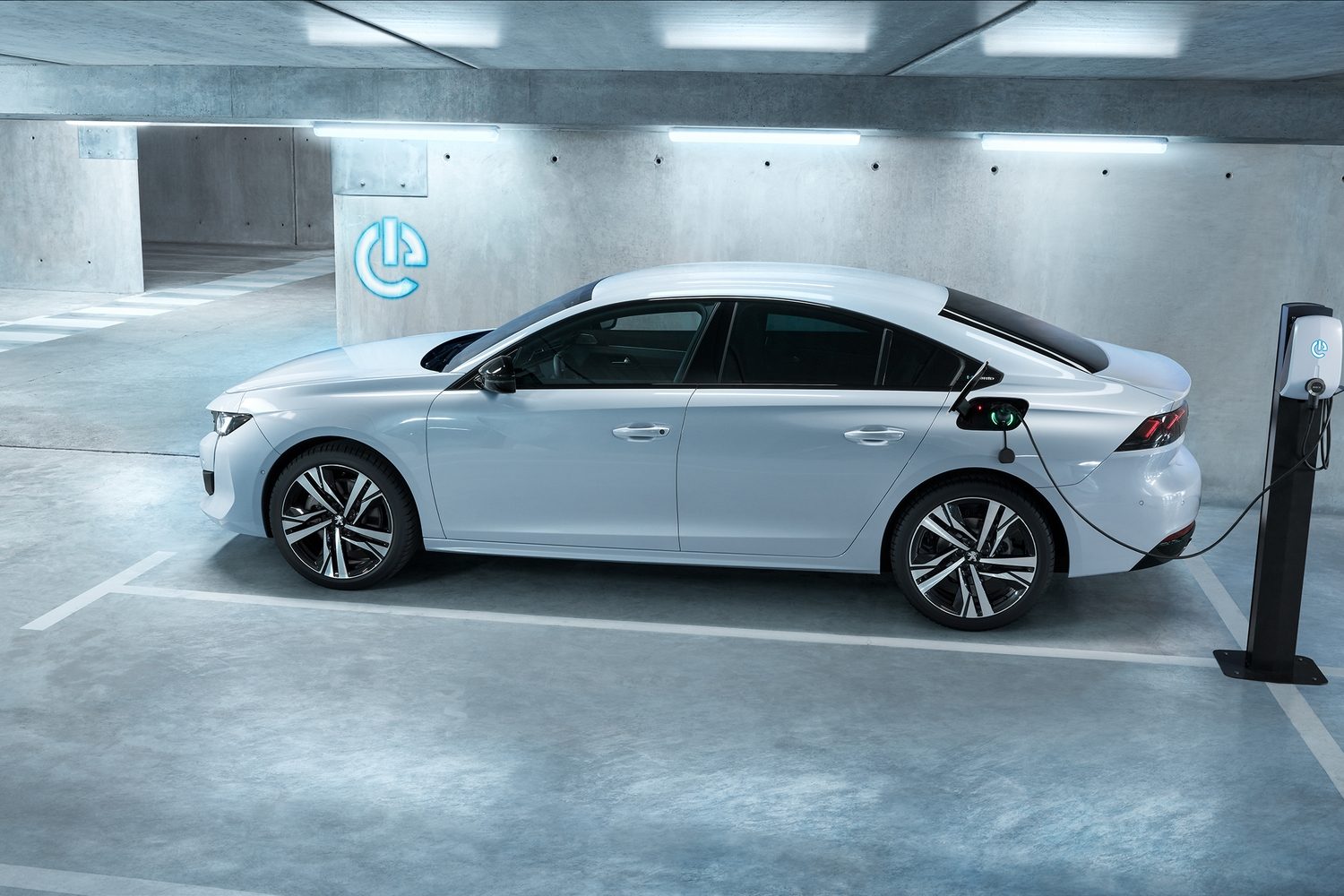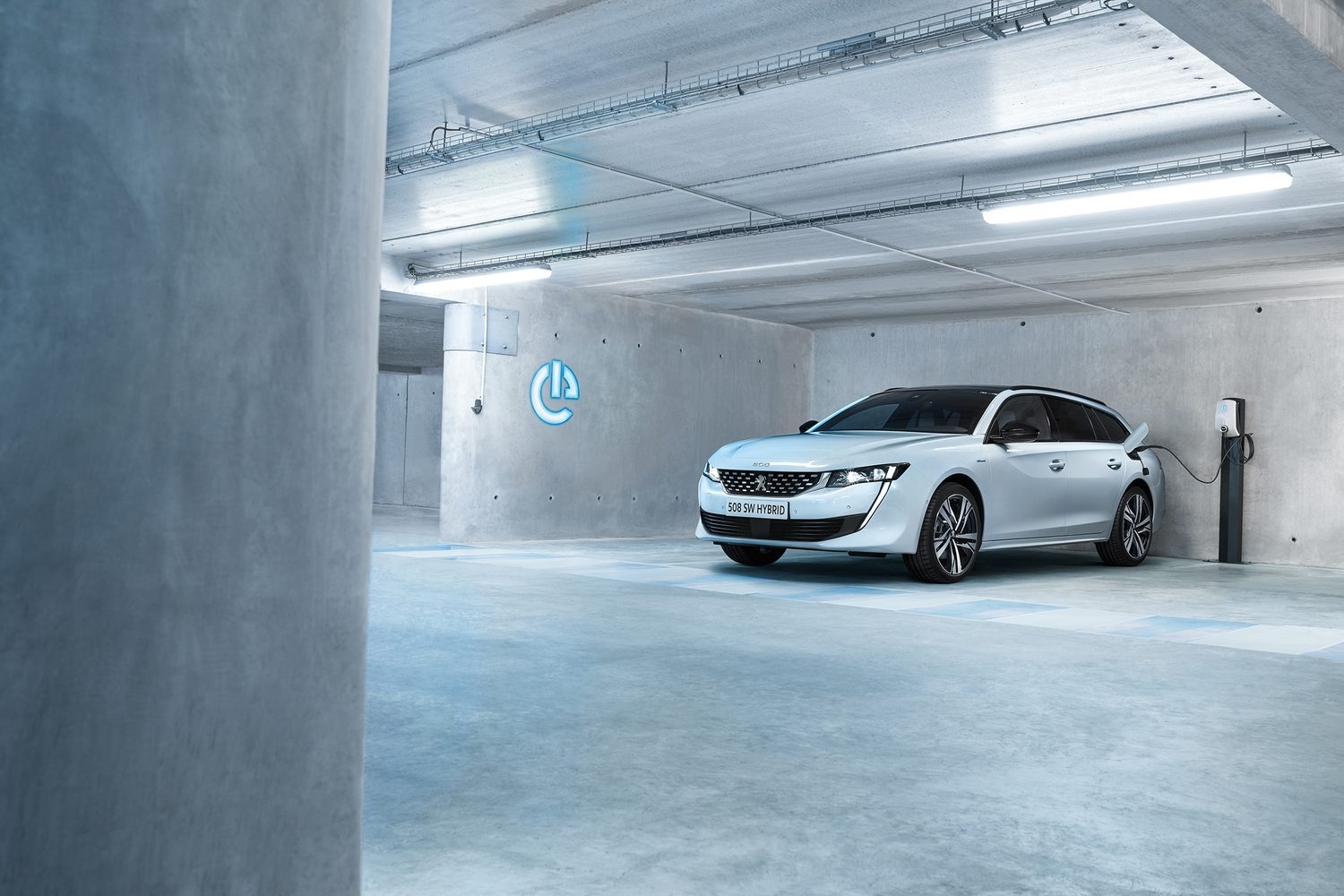Note: This article was written as part of a commercial content partnership between CompleteCar.ie and Peugeot.
Hybrid cars have been around for almost three decades now. For many years, hybrids kind of bubbled under, being something of an esoteric choice, one for the true environmentalists and taxi drivers. Now, though? Hybrids are the big thing. While fully-electric cars grab the headlines - both good and bad - the cars the Irish public are buying in their masses are hybrids, and the top-ten sales list in Ireland is dominated by cars that are either hybrid-only, or available as a hybrid.
Which does beg the question: what is a hybrid, exactly? How do they work? And will they deliver the kind of economy - and even the bursts of electric-only driving - that everyone wants?
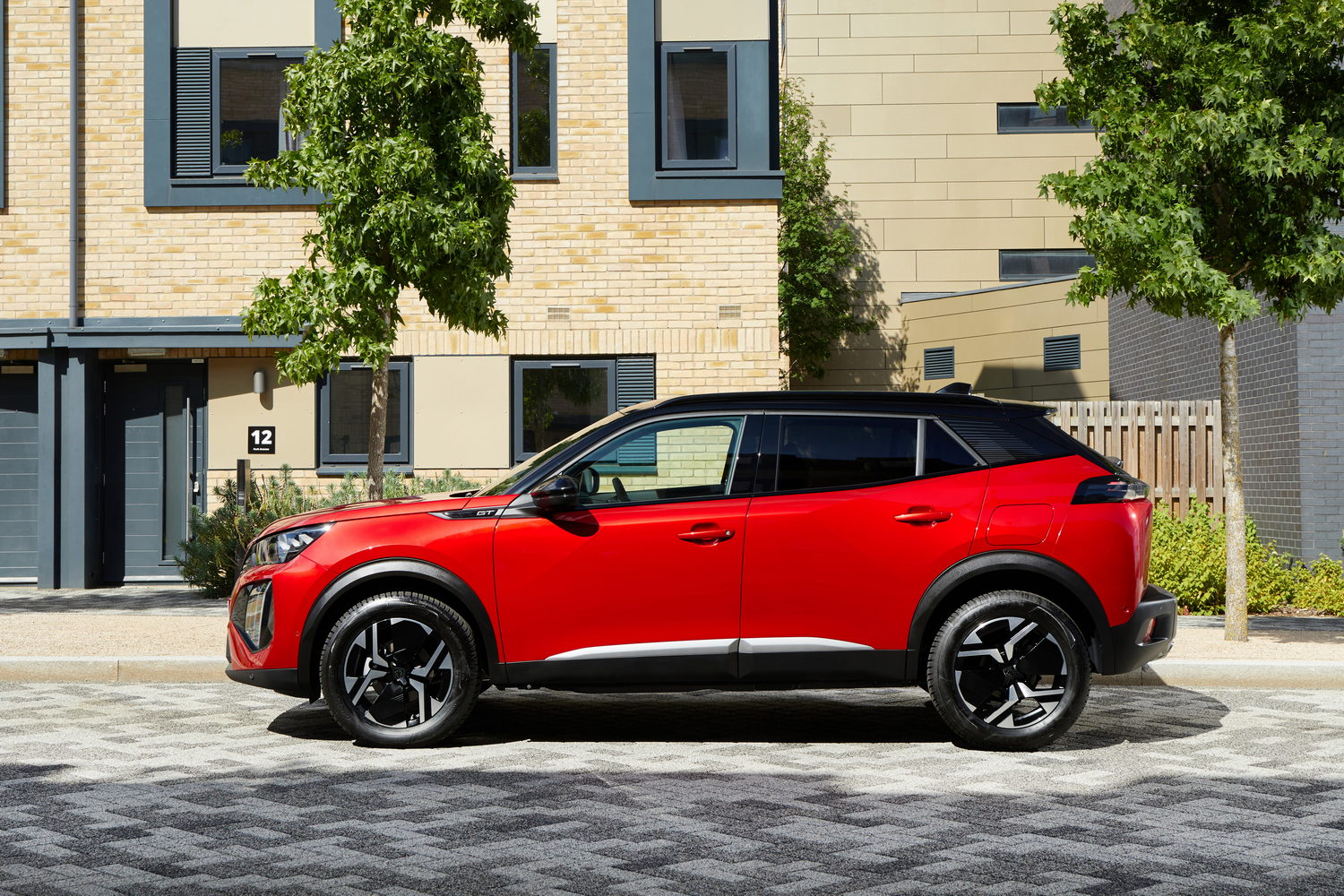
1. What’s a mild hybrid?
A mild hybrid is a car with a compact, quickly-rechargeable battery and a beefed-up electrical system where the usual starter motor and alternator (the latter is turned by the engine, generating electricity to keep the 12-volt battery charged up as you drive and power other electric systems) are replaced by a single, more powerful, starter-generator. This allows a mild hybrid to shut its engine down for longer periods when you’re in heavy traffic or waiting at traffic lights, and some will be able to switch the engine off when you’re cruising on main roads and motorways, such as when you’re on a downhill stretch, for brief periods known as ‘sailing’. That helps to eke out a little more fuel economy.
2. Full hybrid, or parallel hybrid
Cars that tend to be referred to as ‘full hybrids’ are technically parallel hybrids. This, as per the name, means that they have two sources of power for the wheels - an engine (usually petrol these days, but it doesn’t have to be) and an electric motor - which can work together (or in parallel) to drive the car, or which can work independently of one another. A good example is the Peugeot 3008 Hybrid, which uses a turbocharged 1.2-litre petrol engine and an electric motor, the latter built into the car’s gearbox and powered by a small battery, mounted under the front seats.
Crucially, this type of hybrid doesn’t have to be plugged in - its battery will be charged using power from the engine or by recuperating energy when braking or when you’re coasting. If you’re old enough to remember having a bicycle light that was powered by a dynamo, running off the front wheel, then energy recuperation is a bit like that.
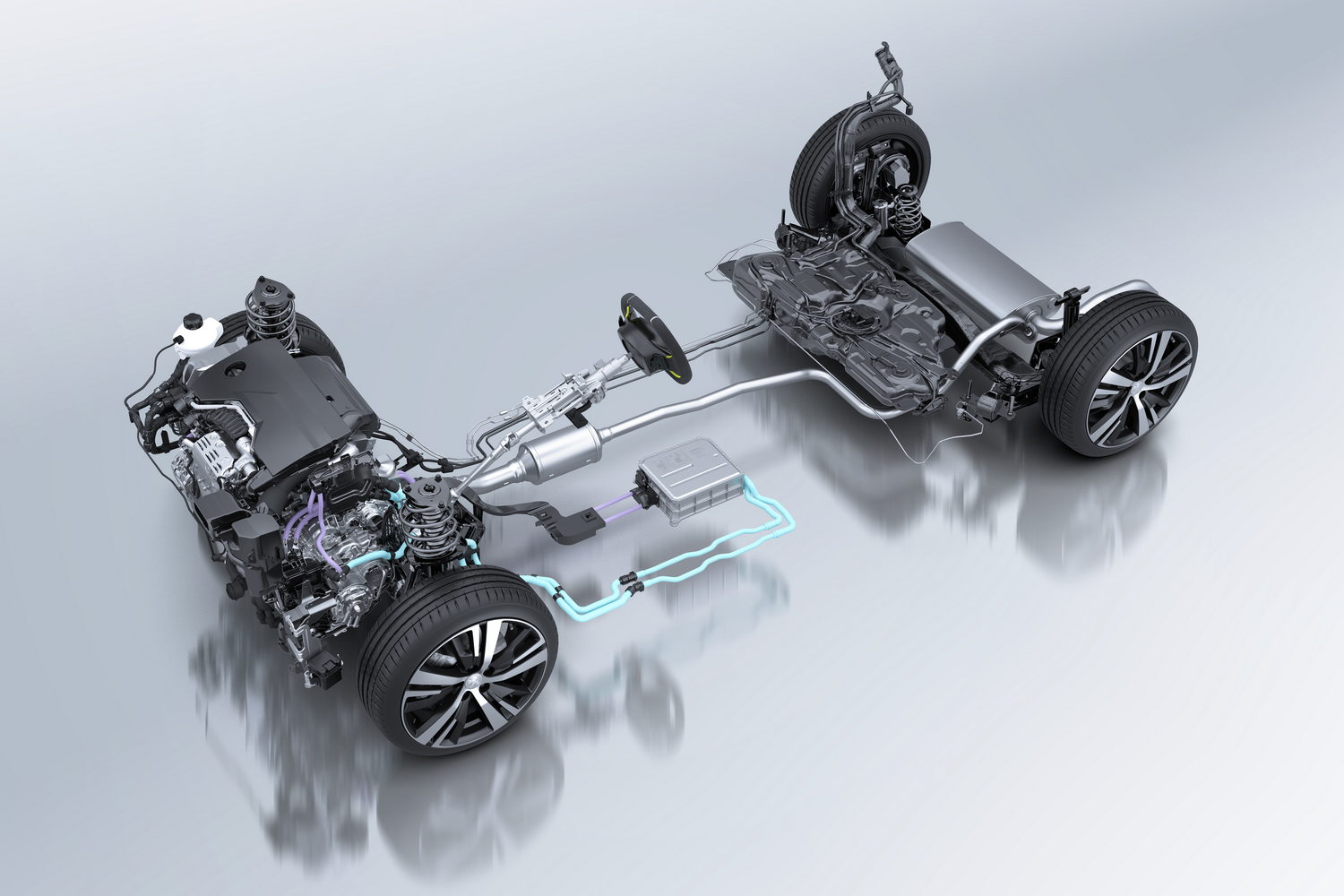
A parallel hybrid can drive on purely electric power, usually only for short bursts (because the battery is small) and usually only at low speeds (because the electric motor is also small). That works well for drivers who drive mostly around town, though - the constant braking and slowing that you have to do in traffic keeps the battery topped up, and you can achieve some surprising electric-only distances if you keep your speeds down and your acceleration gentle. Peugeot reckons that its hybrids can run on just electricity for around 50 per cent of city driving.
On the open road, or on the motorway, a parallel hybrid uses the extra power (and torque - electric motors are great for a bit of extra torque) to boost the performance of the petrol engine, which is generally tuned for economy, not power. In theory, this gives you the best of all worlds - the power of a bigger engine, the economy of a small one, and some short bursts of electric-only running at low speeds. Little wonder, then, that parallel hybrids are currently proving so popular, and are vastly out-selling battery-only electric cars in the Irish market.
3. Series hybrid
There’s another, somewhat more unusual, branch on the hybrid tree and that’s the series hybrid. These are quite rare (in fact we can only think of two which are currently on sale in the Irish market) and they use their mixture of petrol and electric power rather differently to the usual ‘full’ or parallel hybrid. A series hybrid gets a bigger, more powerful electric motor and a bigger battery (but still much smaller and lighter than that of a fully-electric car). The electric motor drives the car all the time, and the series hybrid uses its petrol engine purely as a generator to keep the battery charged up as you drive. Again, there’s no plugging in because, as with a parallel hybrid, the battery is charged by the engine and the braking, but in this case the engine does not directly drive the wheels. Series hybrids have the potential to be hugely economical in city driving, but on longer journeys their extra weight and complication generally means that they’re less economical overall than a parallel hybrid.
4. Plug-in hybrids
Currently, plug-in hybrids represent a relatively small slice of the Irish car market, around eight per cent of total new car sales so far this year. However, they’re quickly gaining in popularity as drivers cotton onto the fact that, if used properly, they can offer a very useable electric-only range, with the added comfort factor of having an engine and fuel tank for longer journeys so you don’t have to worry about finding charging points when you’re out and about.
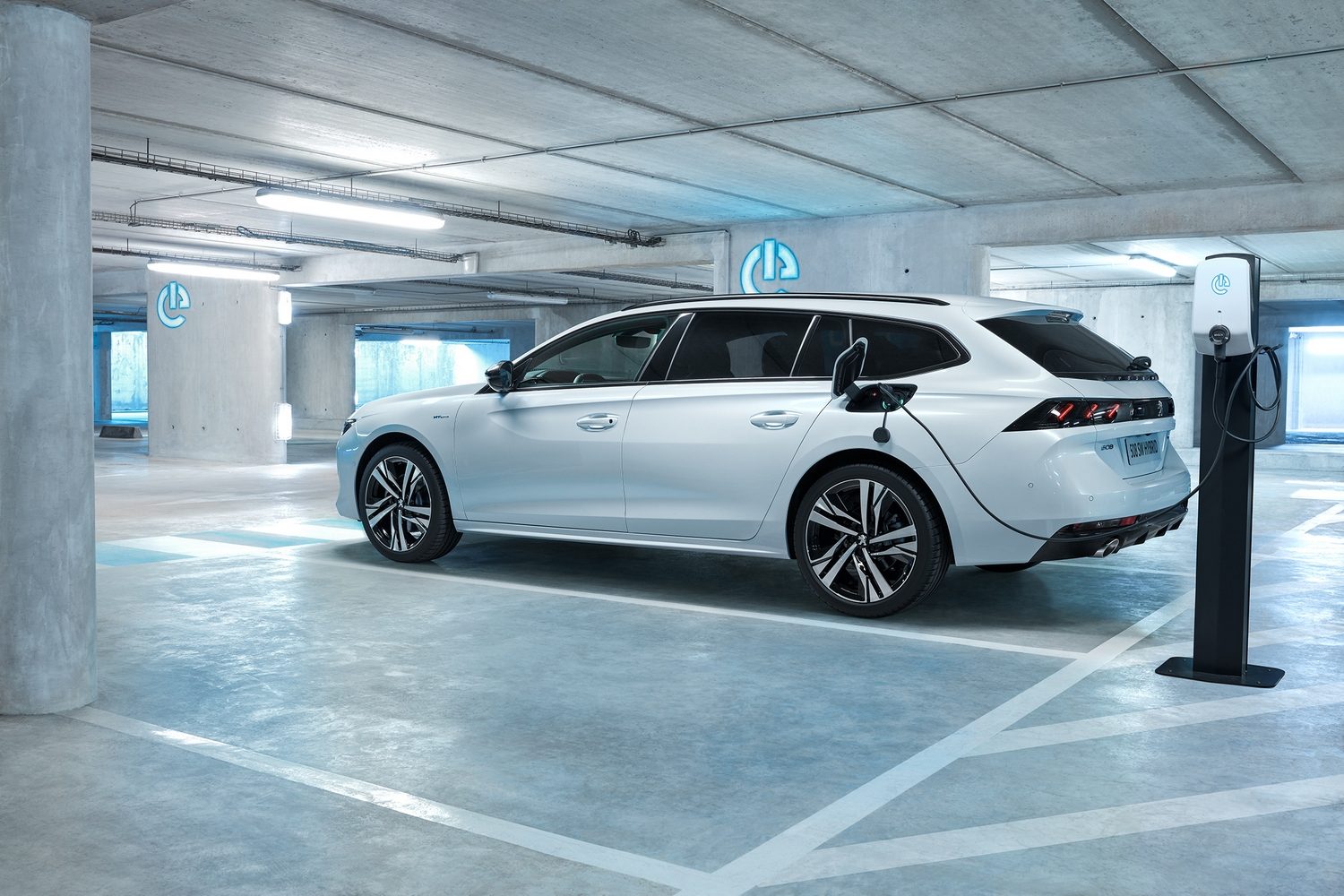
A plug-in hybrid, in a mechanical sense, works like a parallel hybrid - there’s an engine and an electric motor, and both can drive the car individually, or both can work together as needed. A plug-in hybrid (often known as a PHEV, or Plug-in Hybrid Electric Vehicle) is different to a parallel hybrid in the size of its battery, the power of its electric motor and the fact that - as the name suggests, you can plug it in to charge the battery up.
Fully charged, most plug-in hybrids - such as Peugeot’s 308 PHEV or 408 PHEV - offer an electric-only range of at least 50km, and often more than 60km. That’s generally considered to be enough to take care of most people’s daily driving and commuting. You can charge a plug-in hybrid from a normal three-pin socket (assuming the cable stretches far enough, or you have an outdoor socket), or using a ‘Type 2’ charging cable that’s commonly seen on fully-electric models. A handful of more expensive PHEVs, with bigger batteries and longer ranges, will charge at higher speeds from DC public rapid chargers.
The idea behind a plug-in hybrid is that, assuming you’re reasonably diligent about keeping the battery topped up, you can do your Monday to Friday driving on the battery, and then when you need to go further at weekends or on holidays, the engine kicks in and you drive it like a parallel hybrid, and top up the fuel tank as needed. Plug-in hybrids tend to be quite heavy, which can impact their fuel economy relative to parallel hybrids, but if you keep the battery charged up and maximise your electric-only mileage, then you can achieve some spectacular fuel economy figures.
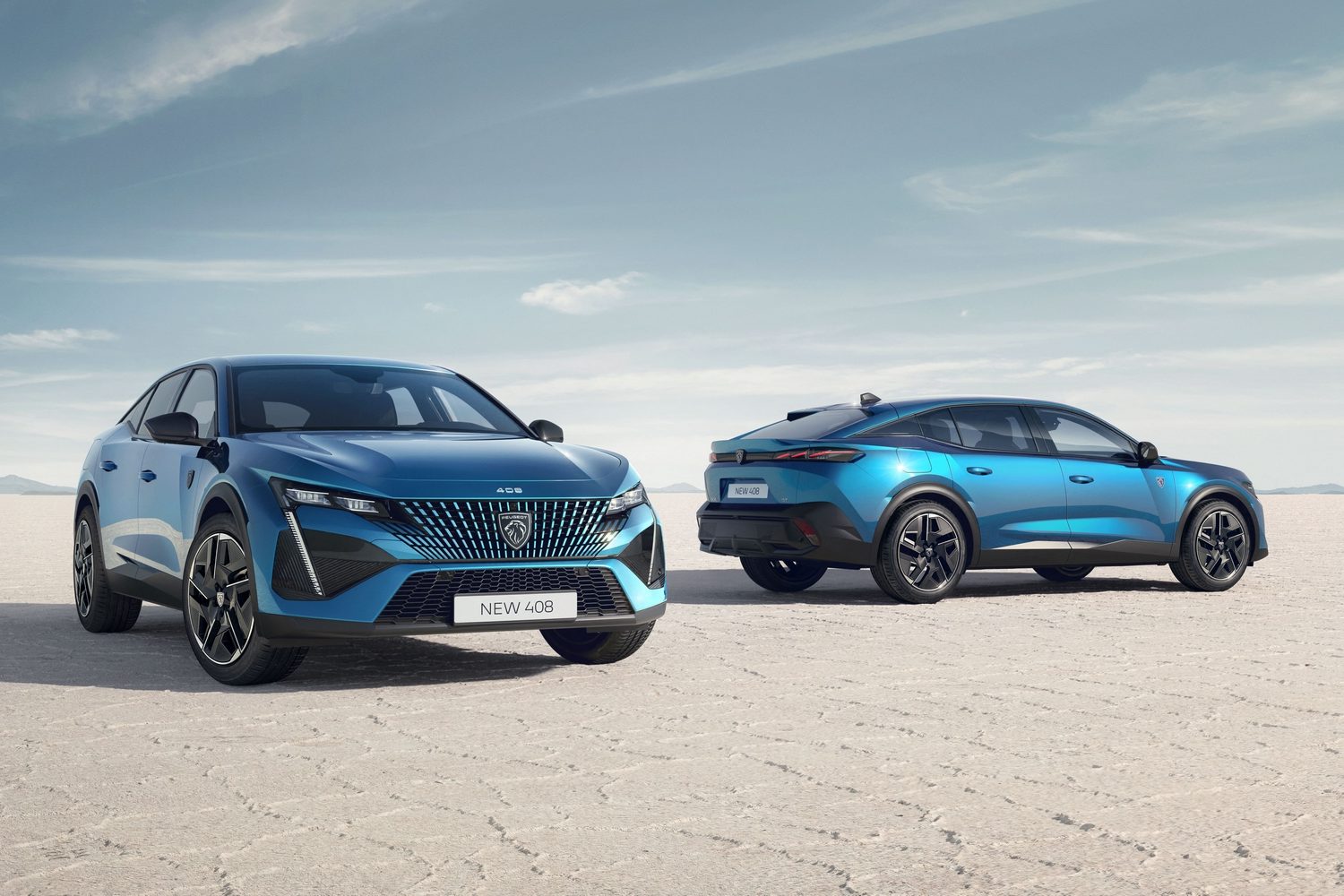
5. The future of hybrids
Hybrid technology is evolving all the time, and we’ve gone from the early parallel hybrids (which struggled badly with fuel economy on longer motorway runs) and early plug-in hybrids (which could generally only offer around 20km in electric mode, and often less than that) to parallel hybrids which offer brilliant all-round performance and economy, and plug-ins which can allow you to do the vast majority of your driving in electric-only mode. The hybrid future looks interesting too - we’re already seeing hybrids where the electric half of the system does more of the work than the petrol half, and many plug-in hybrids are offering electric ranges heading towards and beyond three figures. Will the hybrid run out of road when petrol and diesel sales are stopped? Maybe not... We’ve already seen some manufacturers experimenting with hybrids whose engines are powered by synthetic fuel, and even some which combine a plug-in battery module for short journeys with a hydrogen fuel cell for longer ones. The hybrid might only just be getting started.

